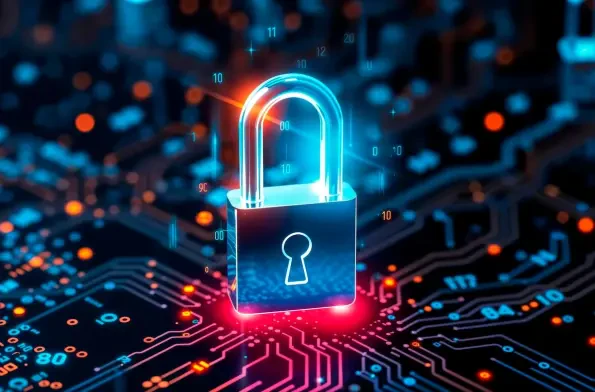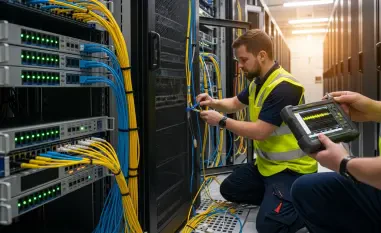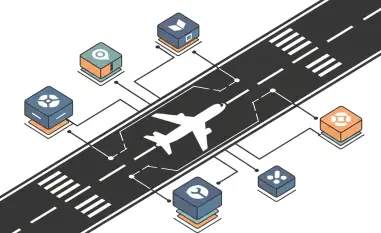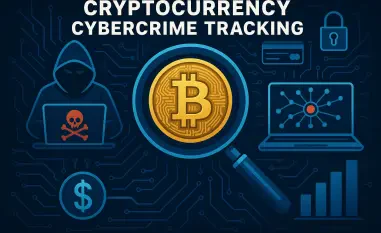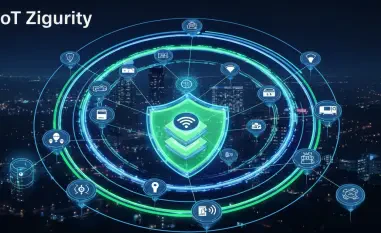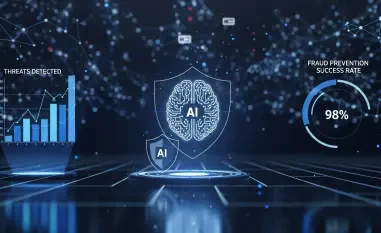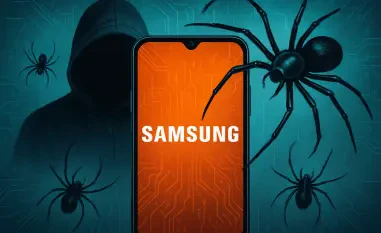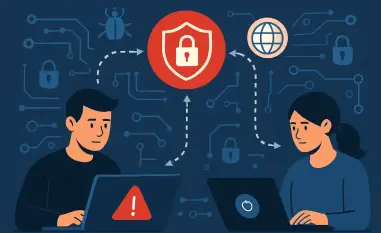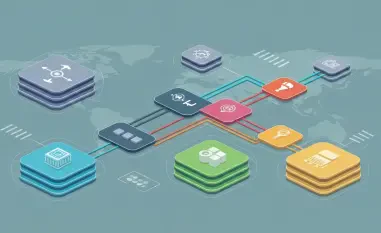In this interview, Malik Haidar provides deep insights into the evolving landscape of cybersecurity mergers and acquisitions (M&A) in the US. With experience across multinational firms, Malik draws connections between escalating cyber threats, regulatory shifts, and the subsequent impact on dealmaking. He also shares perspectives on how technologies like artificial intelligence, geopolitical tensions, and compliance requirements are reshaping strategies within the cybersecurity sector.
How has the rise in cybercrime impacted mergers and acquisitions in the cybersecurity sector in the US?
Cybercrime’s surge has profoundly influenced cybersecurity M&A. The evolving threats have necessitated stronger defenses, driving companies to make strategic acquisitions to bolster their capabilities. This demand for advanced security solutions, coupled with an increase in costs and liabilities for businesses, has led to a noticeable uptick in dealmaking activities as firms strive to stay ahead of sophisticated cyber threats.
In what ways have the nature and frequency of cyberattacks evolved in recent years?
The frequency and complexity of cyberattacks have increased dramatically. We’ve moved beyond simple scams to more coordinated challenges, like ransomware and attacks on critical infrastructure. These are increasingly strategic, often with geopolitical motivations. Notably, data and AI advancements have led to a staggering rise in phishing attacks, demonstrating that hackers are leveraging new technology to improve their tactics.
Can you discuss the specific financial impacts of the ransomware attack on Change Healthcare?
The ransomware incident with Change Healthcare was a financial catastrophe, costing over .8 billion directly and prompting more than billion in further downstream costs to assist affected providers. This case underscores the significant financial risks businesses face from such cyberattacks, emphasizing the critical need for robust cybersecurity measures.
How are geopolitical incidents influencing cybersecurity threats and responses in the US?
Geopolitical tensions are increasingly shaping the landscape of cybersecurity threats. Incidents like the attacks on US telecoms by Chinese hackers highlight the intertwining of cyber threats and international relations. This has forced US agencies and corporations to adopt more vigilant and proactive cybersecurity postures, often influencing policy and regulatory changes aimed at minimizing vulnerability and enhancing national security.
What role has generative AI played in the increase of phishing attacks?
Generative AI has been a game-changer for phishing tactics. By producing more persuasive and personalized scam attempts, AI has amplified the effectiveness of these attacks. The technology’s ability to mimic human interaction and language so convincingly has fueled a dramatic increase in phishing incidents, posing significant challenges for cybersecurity defenses.
How significant is the threat to US utilities from cyberattacks, and why are they considered sensitive points of infrastructure?
Cyberattacks targeting US utilities represent a major threat because these systems underpin the country’s critical infrastructure. A breach could have severe consequences for national security and public safety. Utilities are considered sensitive due to their role in maintaining essential services, and any disruption can lead to cascading failures, impacting millions of people.
What are the current projections for growth in the US cybersecurity market?
The US cybersecurity market is on a robust growth trajectory. Projections indicate it could reach $88.3 billion this year, with an expected compound annual growth rate of 7.1% through to 2029. Some analysts predict even higher growth, potentially surging to $166.7 billion by 2032, driven by the escalating demand for advanced security solutions in response to increasing cyber threats.
How has dealmaking activity in cybersecurity changed from 2024 to 2025?
Dealmaking surged in 2025, compared to 2024, with significant increases in transaction value. While 77 deals in 2024 amounted to $4.9 billion, 2025’s first quarter alone saw a dramatic uptick in value, primarily thanks to Google’s acquisition of Wiz for $32 billion. This reflects heightened investor interest as cybersecurity becomes more central to corporate and national security strategies.
Could you explain the significance of Google’s parent company Alphabet acquiring Wiz? What implications does this have for the industry?
Alphabet’s acquisition of Wiz is a landmark deal, not just for its size but for its strategic implications. As the biggest cybersecurity transaction to date, it signals a major shift in the industry, underscoring cloud security’s critical importance. This acquisition is likely to set benchmarks for future deals, amplify attention on cloud-focused companies, and spur more activity in the space.
How have regulatory changes driven by recent cyber incidents influenced dealmaking in the cybersecurity sector?
Recent cyber incidents have prompted regulatory changes, inevitably affecting dealmaking. With the FCC and other bodies enhancing guidelines, companies must navigate stricter standards, which can be both a challenge and an opportunity. Compliance requirements have made cybersecurity investments hotter prospects, incentivizing M&A as companies strive to meet these evolving standards.
What steps are being taken by the FCC and Congress to address foreign cyber threats, particularly from China?
The FCC and Congress are actively working to mitigate foreign cyber threats, focusing particularly on those from China. The establishment of the FCC’s new Council on National Security is a major step, offering a framework for reducing dependency on foreign adversaries. Legislative efforts in Congress aim to bolster oversight and response, enhancing the nation’s ability to tackle these threats.
How might the new compliance requirements imposed by the DoJ affect US businesses dealing with sensitive data transfers?
The DoJ’s new compliance requirements will significantly impact US businesses, particularly those transferring sensitive data internationally. These rules heighten the scrutiny around data exchanges with countries like China, Russia, and Iran. Businesses will need to implement more rigorous cybersecurity measures and may potentially face increased costs to ensure compliance.
Despite positive trends, what challenges does the cybersecurity M&A sector face?
Despite the bullish outlook, the cybersecurity M&A sector faces notable hurdles. Economic uncertainties and high-interest rates can dampen enthusiasm for leveraged buyouts. Additionally, inflated valuations create mismatches in buyer-seller expectations, making negotiations tricky. The ongoing Middle Eastern conflict also looms as a potential disruptor to dealmaking activities.
How is artificial intelligence shaping the future landscape of cyberattacks and defenses?
Artificial intelligence is transforming both offensive and defensive cybersecurity strategies. On one hand, AI is enabling more sophisticated and automated attacks, while on the other, it’s enhancing defense capabilities. AI tools can identify and respond to threats more quickly and accurately, underscoring the necessity for continuous innovation in cybersecurity practices to keep pace with evolving dangers.
In what ways are private equity firms showing interest in the cybersecurity sector?
Private equity firms are increasingly drawn to cybersecurity, viewing it as a long-term growth opportunity. The steady rise in cyber threats has inflated demand for solid cybersecurity infrastructure, prompting these firms to invest in promising companies that offer innovative solutions and show strong market traction, thereby securing a stake in the sector’s future.
Could you elaborate on the strategic importance of cybersecurity M&A amid increasing cyber threats and regulatory scrutiny?
Cybersecurity M&A is strategically vital as it allows firms to rapidly enhance their capabilities in response to growing cyber threats and regulatory demands. Acquiring established companies can provide immediate access to technology and expertise necessary to address these challenges. In a climate of escalating threats and scrutiny, M&A serves as a critical mechanism for firms to innovate and protect themselves.
What is your forecast for cybersecurity dealmaking?
Looking ahead, I anticipate continued growth and activity in cybersecurity dealmaking, driven by the relentless pace of cyber threats and advancing regulations. As AI technology progresses, it will further catalyze M&A as firms seek cutting-edge solutions. Despite potential economic headwinds, the strategic necessity of robust cybersecurity will sustain interest and investment in this vital industry.
